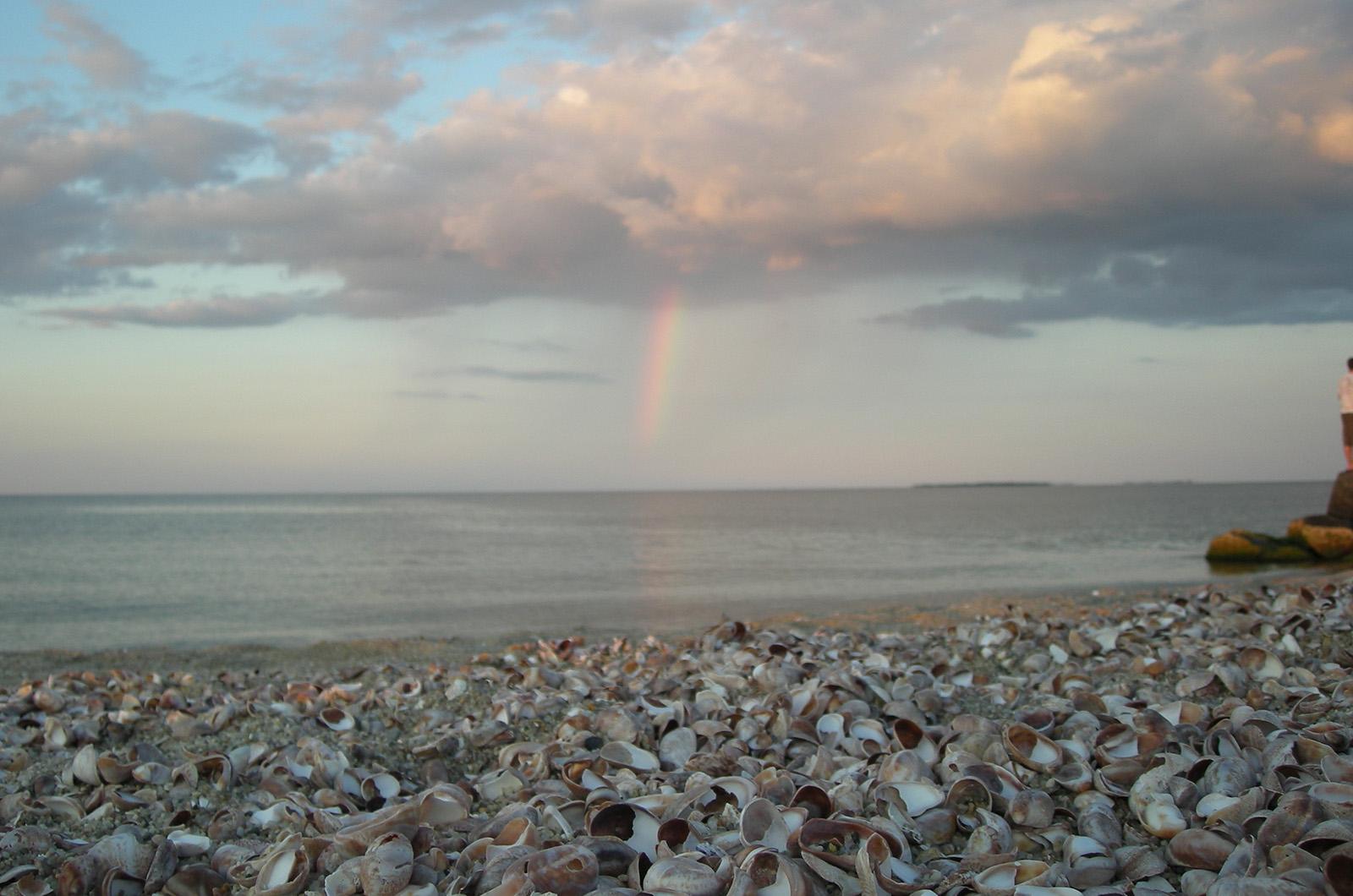Timing is everything.
Early in 2020, a chef in New York was promoting the consumption of a common and ubiquitous snail that he was sure would become a new and upcoming epicurean star. Slipper snails — not usually known for their poise — were poised to be launched as a hip, delicious and local delicacy. This was not the first attempt to popularize slipper snails, which have been known and eaten for a very long time, though not commercialized. The chef’s initiative, sadly, never took off, as we know what happened to restaurants and to the world when Covid shut everything down that March.
You definitely know these small snails: they are plentiful on Island beaches, in our waters and often found stacked upon each other for reproduction, and on other shellfish. Some of our beaches are so covered with these shells as to be difficult to walk on in bare feet.
Shellfish of all sorts were foodstuff for indigenous people, and settlers and colonists followed their lead, gathering proteins from the plentiful harvest in coastal waters. Later on, immigrants — specifically those from areas where limpets, a similar shellfish, were known and eaten — took to collecting and consuming them in this country. Cooks who dreamed of Portuguese, Azorean and Canary Islands dishes that called for lapas simply substituted slipper snails for a taste of home.
While collected and consumed by individuals, it wasn’t until this species, crepidula fornicata — yes, fornicata, referring to its reproductive stacking — spread to other faraway areas via boats and commerce and became an invader and pest, that commercial harvesting begun.
This eastern Atlantic species reached western European shores in the late 19th century and by the mid-20th, these snails had found their way to France. They were plentiful along European shores and waters and flustered fishers by attaching themselves to oysters and other commercial shellfish species. The French were not known for turning down snails for supper and this common-sense consumptive approach was taken to the problem of the newly-spreading invasive species.
Eat-it-to-defeat-it has been the European plea to gastronomes. Naming Eastern slipper snails “berlingot des mers” (in France) and “the candy of the sea” (in Britain), the campaign and accompanying champagne are on the menu to reduce the population of these slippers. In the U.S., with the decline of other fisheries, slippers snails may someday be on your plate too, as traditional commercial fisheries decline. In New York, these mollusks have been rechristened as “Montauk escargot.” Only time will tell if their consumption under any name takes off.
Personally, I have tasted them raw and like them. They are similar enough to clams. Lately, I have had a lot of them around as bycatch, attached to the oysters that I’ve been harvesting. Usually, I just feed the slipper snails to my chickens as a tasty treat and the chickens seem to enjoy them. But I might not be giving them their due as a food source for my own table.
Perhaps I should reconsider. Because of new meat allergies in my family, protein in any form is welcome more than ever. And with a little butter and lemon, all I have to say is Bon Appetit!
Suzan Bellincampi is Islands director for Felix Neck Wildlife Sanctuary in Edgartown and the Nantucket Wildlife Sanctuaries. She is also the author of Martha’s Vineyard: A Field Guide to Island Nature and The Nature of Martha’s Vineyard.




Comments
Comment policy »